It's been one year since the earth shook so violently below Port-au-Prince, Haiti, destroying and damaging hundreds of thousands of buildings and lives in mere moments. Twelve months of struggle and heartache have followed, with very little progress to show so far. Only five percent of the rubble has been cleared as crippling "indecision" has stalled reconstruction efforts, a recent report by humanitarian group Oxfam said. It's not clear when Haiti will be fully rebuilt, with five years needed just to rehouse the government, a top minister recently told an AFP reporter. On this somber anniversary, here are some photos of (and by) Haitians as they continue to cope with the aftermath of such a massive disaster. (45 photos total)

Orich Florestal (left), 24 and Rosemond Altidon, 22, stand on the edge of their partially destroyed apartment of Port-au-Prince January 9, 2011. Haiti will this week mark the first anniversary
of the earthquake that killed an estimated 230,000 people and destroyed much of the capital Port-au-Prince on Jan 12, 2010. (REUTERS/Allison Shelley)
of the earthquake that killed an estimated 230,000 people and destroyed much of the capital Port-au-Prince on Jan 12, 2010. (REUTERS/Allison Shelley)
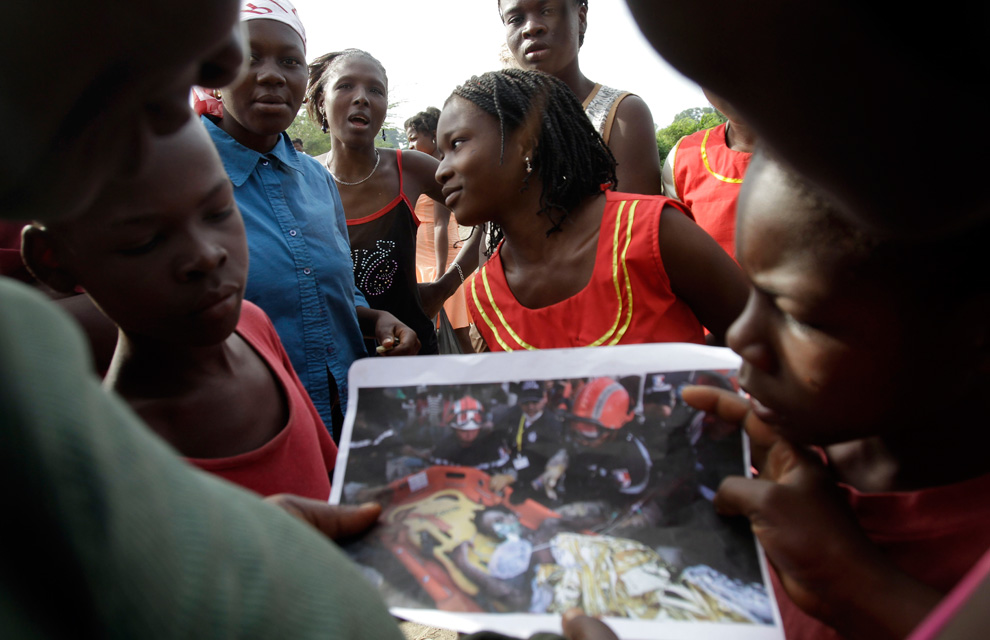
5
Earthquake survivor Darlene Etienne, center, shows a photo of her rescue shot by Associated Press photographer Ramon Espinosa to neighbors in Marchand Dessaline, Haiti, Sunday Jan. 9, 2011. The seventeen-year-old was pulled from the rubble of her cousin's home near the ruins of the St. Gerard parish school by French rescue workers, more than two weeks after the Jan. 12 massive earthquake. (AP Photo/Dieu Nalio Chery) 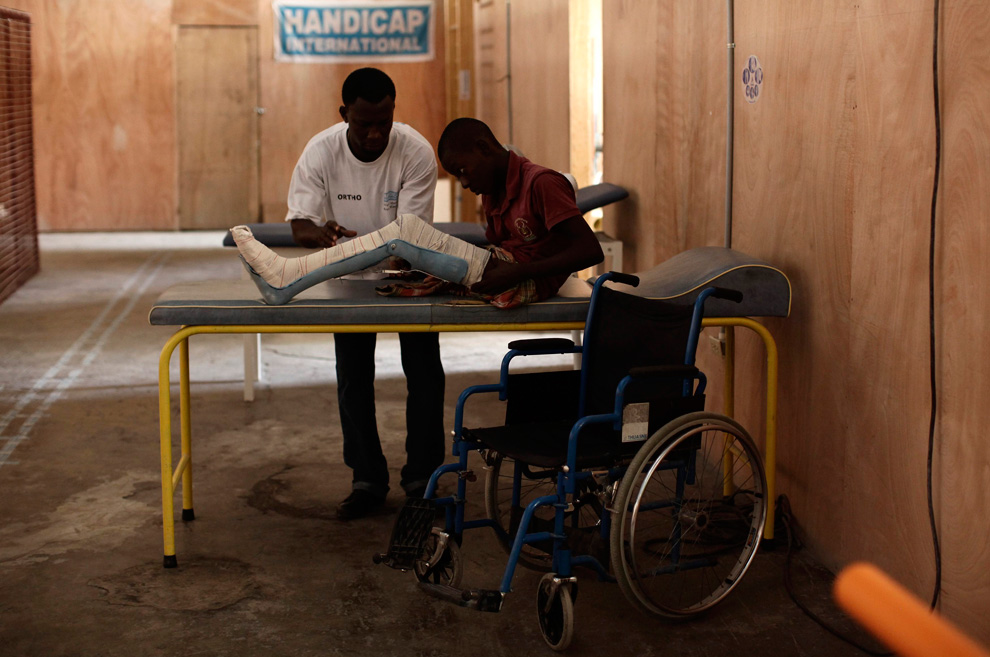
6
A worker of Handicap International assists an earthquake victim with a prosthetic leg at a center for amputees in Port-au-Prince January 10, 2011. Thousands of people lost limbs in the January 12, 2010 earthquake, which left more than 1 million Haitians homeless and living in misery in the already poor, calamity-prone Caribbean nation. The center provides rehabilitation, therapy and prosthetic limbs for amputees. (REUTERS/Eduardo Munoz) 
7
Soccer players from Haiti's Zaryen team (in blue) and the national amputee team fight for the ball during a friendly match at the national stadium in Port-au-Prince January 10, 2011. Sprinting on their crutches at breakneck speed, the young soccer players who lost legs in Haiti's earthquake last year project a symbol of hope and resilience in a land where so much is broken. (REUTERS/Kena Betancur) 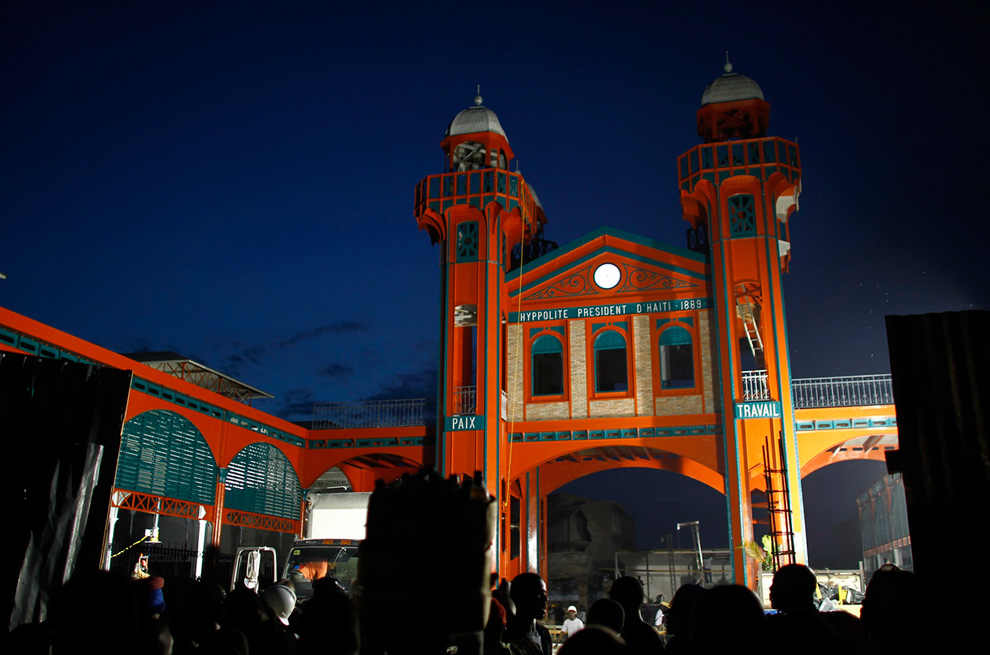
10
(2 of 2) After: People look at the newly reconstructed iron market which was to be inaugurated on Tuesday in downtown Port-au-Prince on January 10, 2011. The historic trading center was originally constructed in the 1890's and has been rebuilt this year after a fire leveled it shortly after the January 12, 2010 earthquake. (REUTERS/Jorge Silva) 
13
A man listens to the radio inside his battery-charging business at Petionville Club golf course IDP camp in Port-au-Prince January 7, 2011. Reconstruction has barely begun in Haiti a year after its catastrophic earthquake, a leading international charity said on Wednesday in a report sharply critical of a recovery commission led by former U.S. President Bill Clinton. (REUTERS/Kena Betancur) 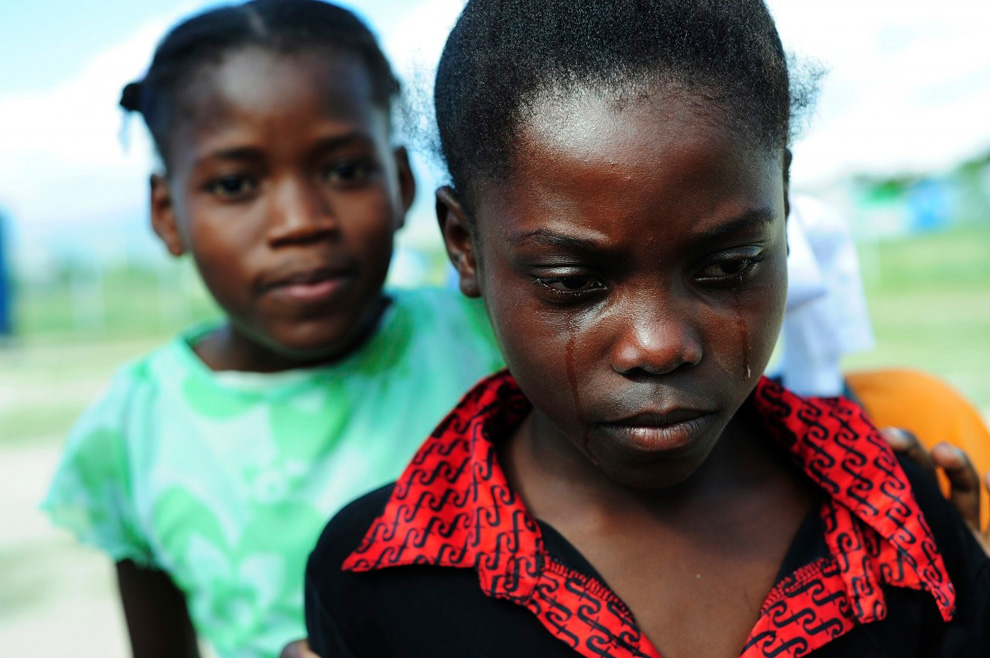
25
. Children were playing with cameras taking pictures after school hours. One sad girl sat apart for an unknown reason and began to cry. To bring her smile back, Art in All of Us members took a picture of her and showed her the image on the back of the camera. Her smile was back and she joined the group to learn about creative photography. Photo taken in Les Orangers, a suburb of Port-au-Prince on November 12, 2010. (© Anthony Asael/Art in All of Us/Corbis) 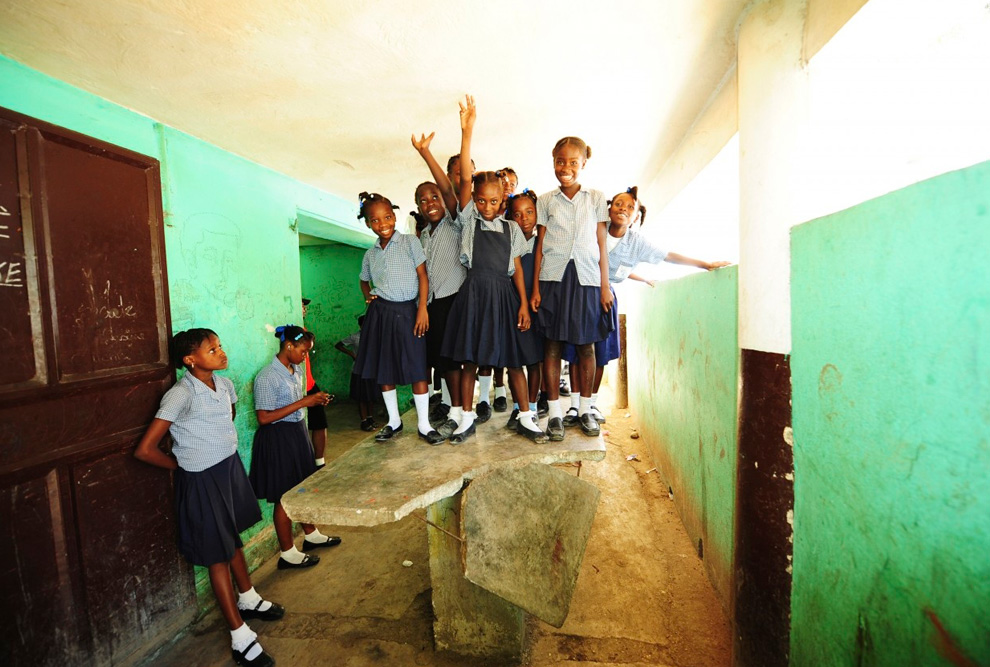
26
In Port-au-Prince, all flat lands are taken over by tents, including most school yards. When Art in All of Us arrived, there appeared to be little interaction between the children living in the school ground camps and the children enrolled in the schools. This seemed unrelated to socio-economic standing, as most children share similar backgrounds and those living in camps might go to other schools around the city. Art in All of Us members fostered more open dialogue between these groups, and it was the first time in 10 months that children in camps and schools began talking and playing. In this photo, schoolgirls play on a destroyed stone table in one of the camps in Ecole du Guatemala, Petionville, on October 29, 2010. (© Anthony Asael/Art in All of Us/Corbis) 
31
Beaudin Lovinsky, a 4-year-old orphan, is dropped off with his belongings in a suitcase by his uncle (left) to be placed in the Children's Foundation of Haiti orphanage, which is currently housed in makeshift tents in a tent city near the airport on January 10, 2011 in Port-au-Prince, Haiti. Lovinsky's mother perished in the earthquake and his uncle said he could no longer afford to take care of him. It is common for Haitian families to place children they cannot afford to care for in orphanages. The orphanage's building was damaged by the earthquake, forcing many of the orphans into tents. The orphanage has received no governmental assistance and little help from aid groups. According to the United Nations Children's Fund, Haiti was home to more than 350,000 orphans before the earthquake, with many more orphaned following the quake. UNICEF recently announced that around 380,000 Haitian children are still living in camps one year after the earthquake. (Mario Tama/Getty Images) 
32
A cross is erected at the mass grave site atop a memorial put up by parishioners from St. Louis King France Catholic church in memory of the tens of thousands of people killed in the massive earthquake and buried in the mass grave at Titanyen on January 8, 2011 on the outskirts of Port-au-Prince, Haiti. (Joe Raedle/Getty Images) 
33
Students listen during a two hour prayer and scripture lesson at the makeshift Centre Classique de l'Humanite school on January 10, 2011 in Port-au-Prince, Haiti. The class dispensed with regular lessons today in order to pray ahead of the earthquake's anniversary. The original school was in a concrete building that collapsed during the earthquake, killing two students. Now the makeshift school is housed in the midst of a tent city. According to UNICEF, over half of the four million Haitian children still do not attend school. Approximately 5,000 schools were damaged by the earthquake and rebuilding has been crippled by rubble clearance and land issues. (Mario Tama/Getty Images) 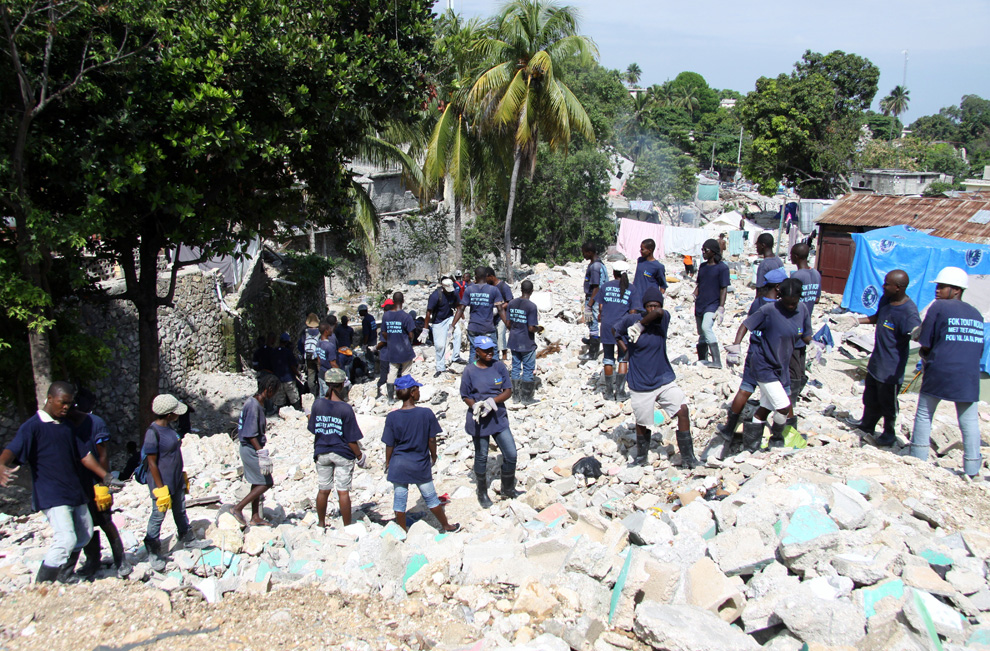
34
A team of volunteers help in the reconstruction of the capital city on November 23rd, 2010. (© Farid Najafi) 
35
Dan Woolley, a U.S. citizen who survived the January 12, 2010 Haiti earthquake, prays at the site of the destroyed Hotel Montana where he was rescued, in Port-au-Prince January 9, 2011. Woolley, who was in Haiti in January 2010 to film a documentary for his Christian organization, was trapped in the rubble of the hotel for 65 hours before being found by rescuers. He told U.S. media after his rescue that he had used a first-aid app on his iPhone to stop the bleeding from his injuries. (REUTERS/st-Felix Evens) 
37
A group of people wait for food supplies in the Ministry of Women in Puerto Principe, January 8, 2010. Aid groups are filling a void of effective government after Haiti's earthquake, but the influx risks hampering longer-term development and is seen by some as an occupation. Pre-quake estimates for the number of non-governmental organizations (NGOs) working in Haiti ranged from 1,000 to 10,000 and that number has certainly swollen since. Haiti's government was notoriously dysfunctional even before disaster struck on January 12, 2010. Ministries were flattened and key infrastructure ruined as more than 220,000 lost their lives in one of the worst ever natural disasters. When the international airport was up and running again, foreign NGOs arrived in droves, stepping in to care for the injured, and the children, and working in a host of different sectors from agriculture to sanitation. (HECTOR RETAMAL/AFP/Getty Images) 
39
Students gather on the grounds of the L'ecole Nationale Filles de Marie (Daughters of Mary National School) at the end of the school day January 10, 2011 in Port-au-Prince, Haiti. The Catholic school collapsed during the earthquake, killing 16 nuns, but no students as they had already left for the day. The school has been partially rebuilt and houses 600 students. (Mario Tama/Getty Images) 

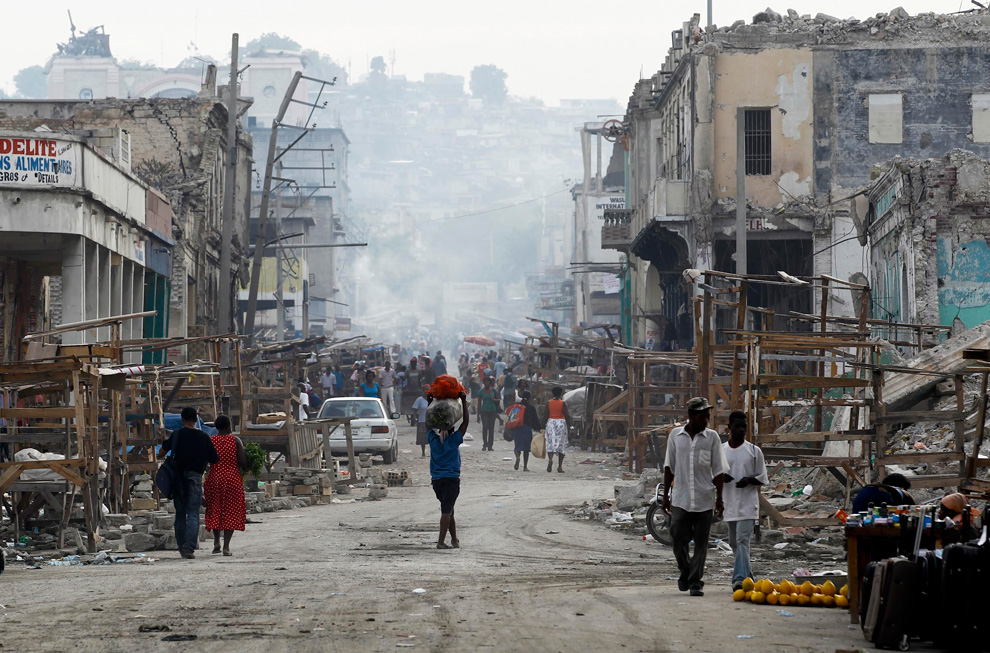
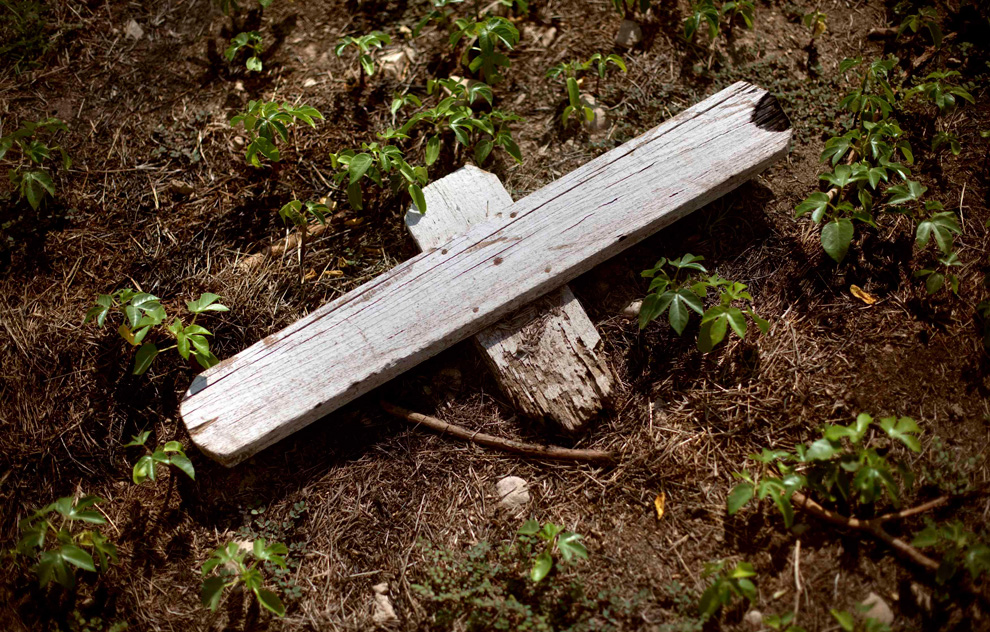

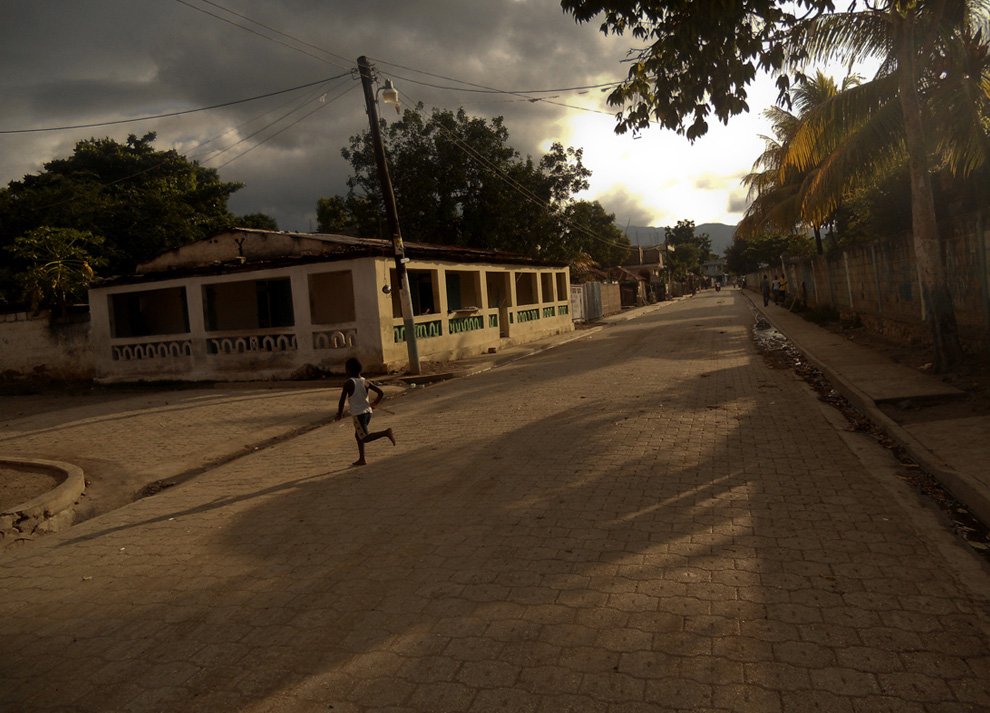
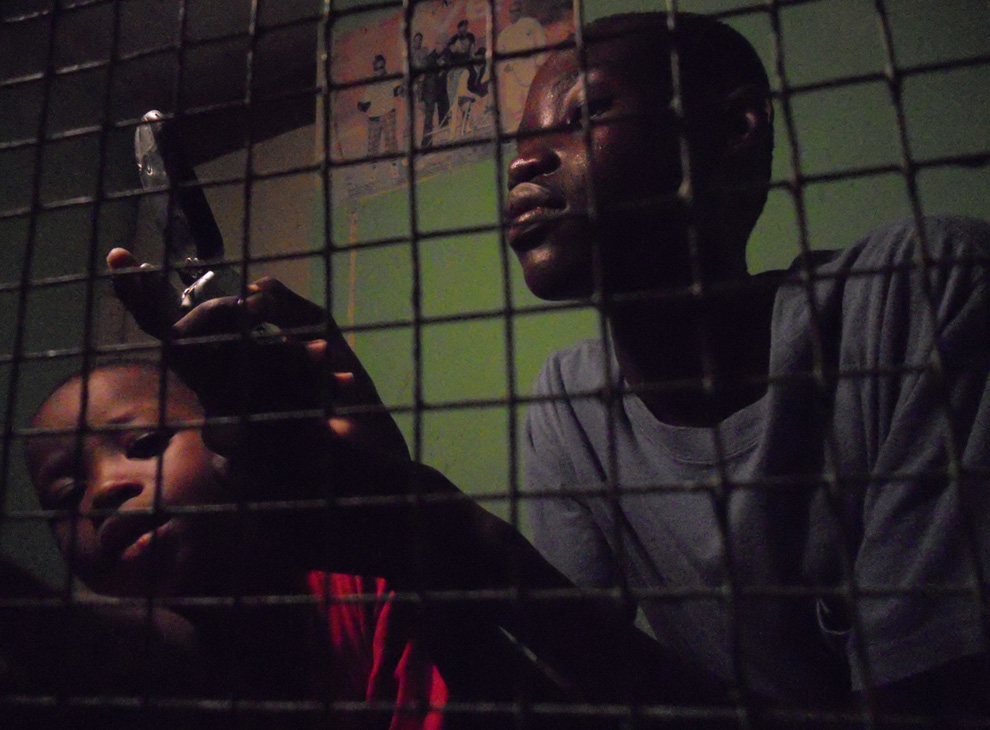
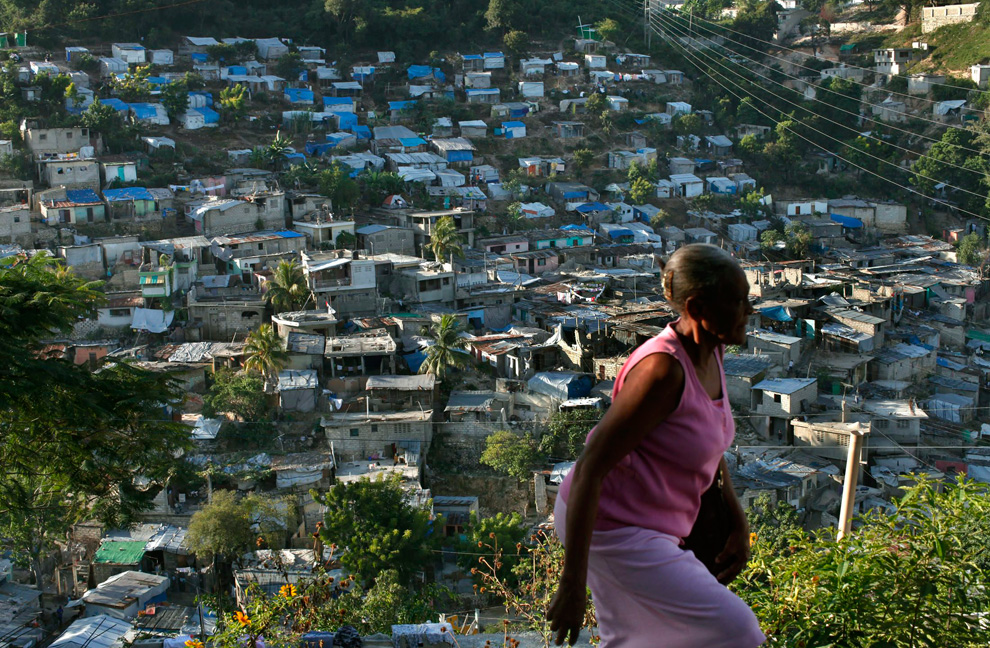
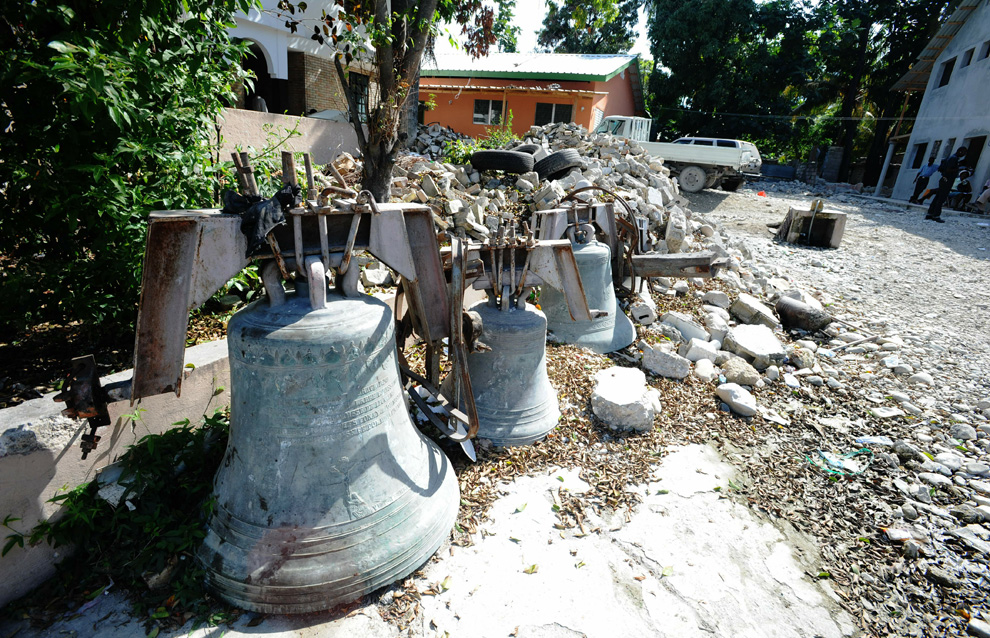
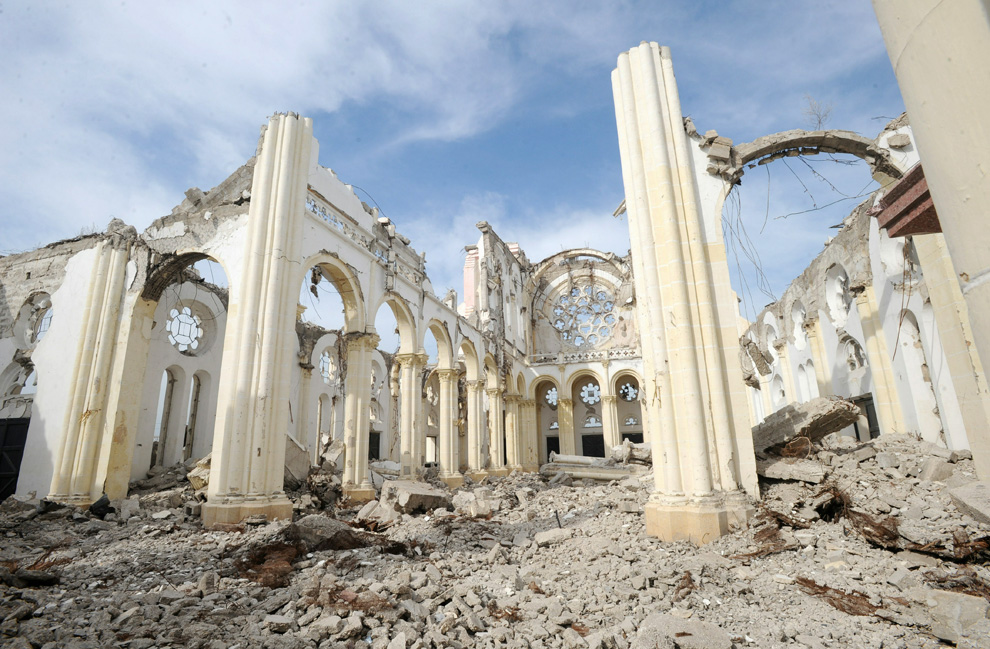
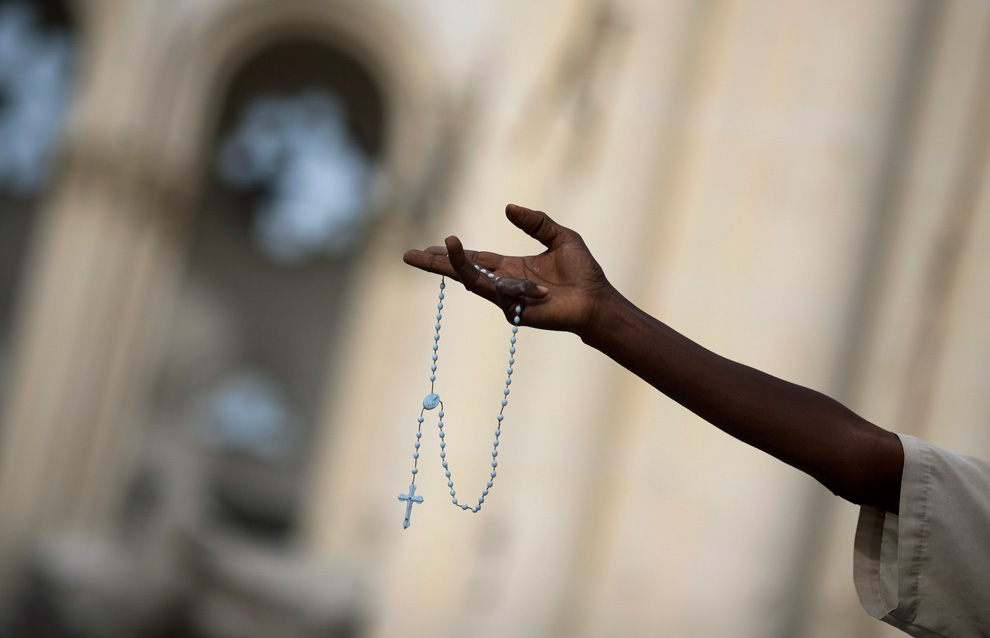
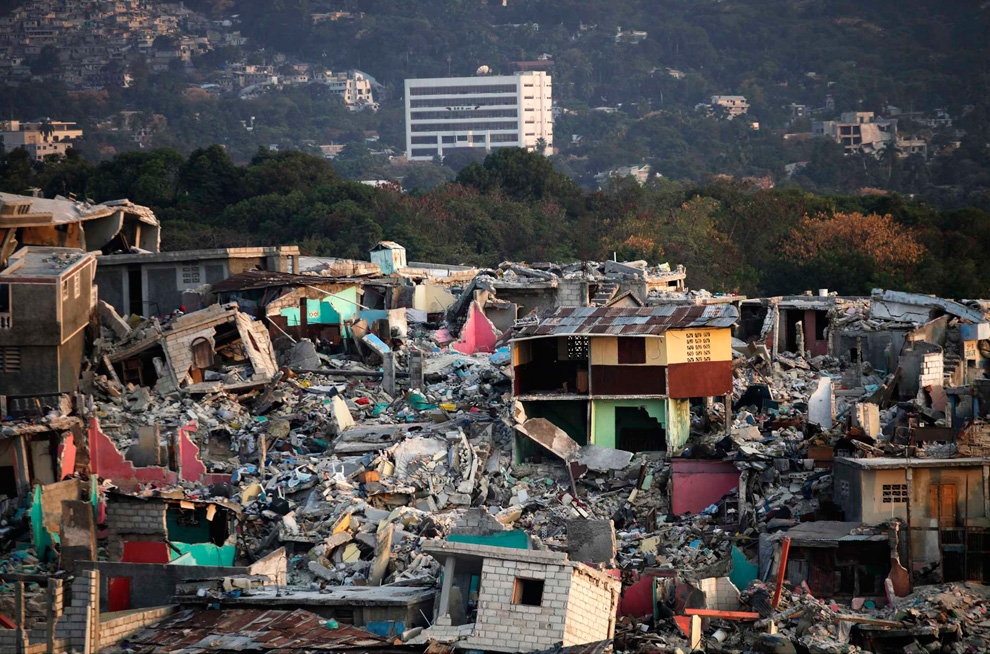
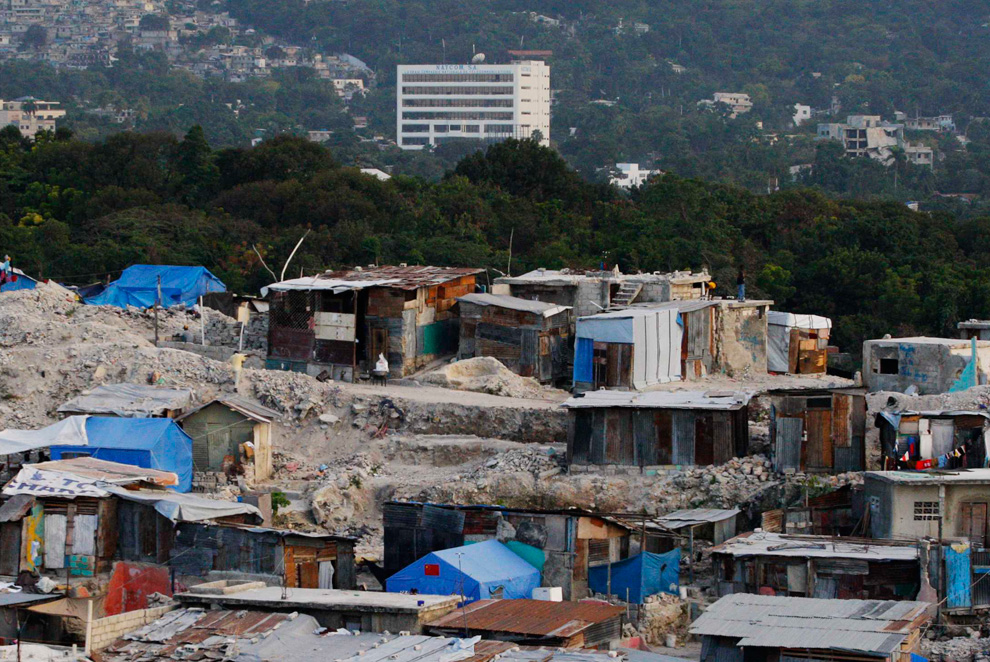

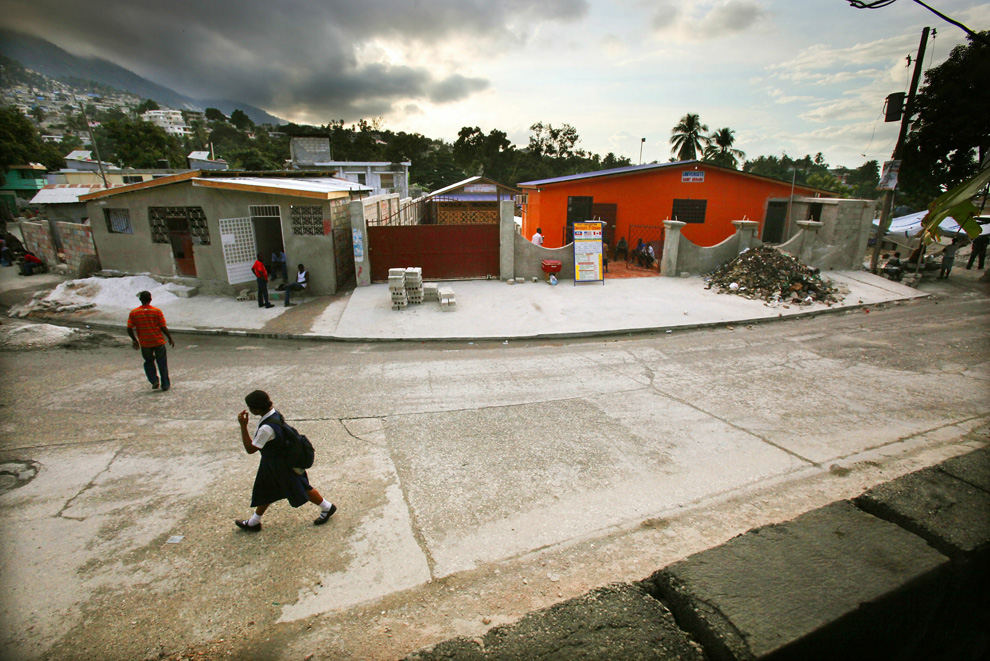
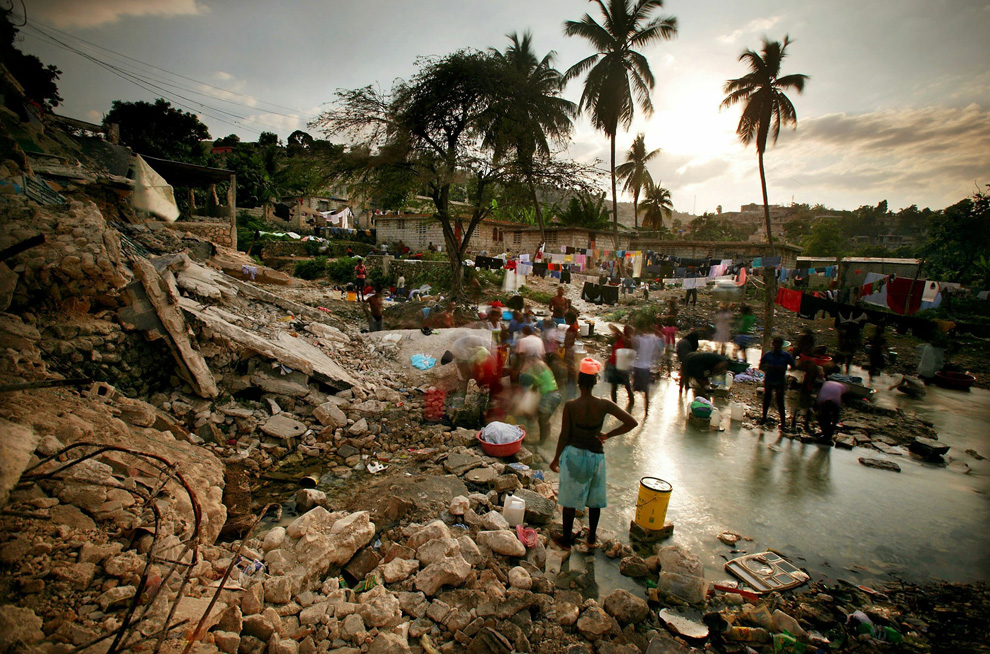

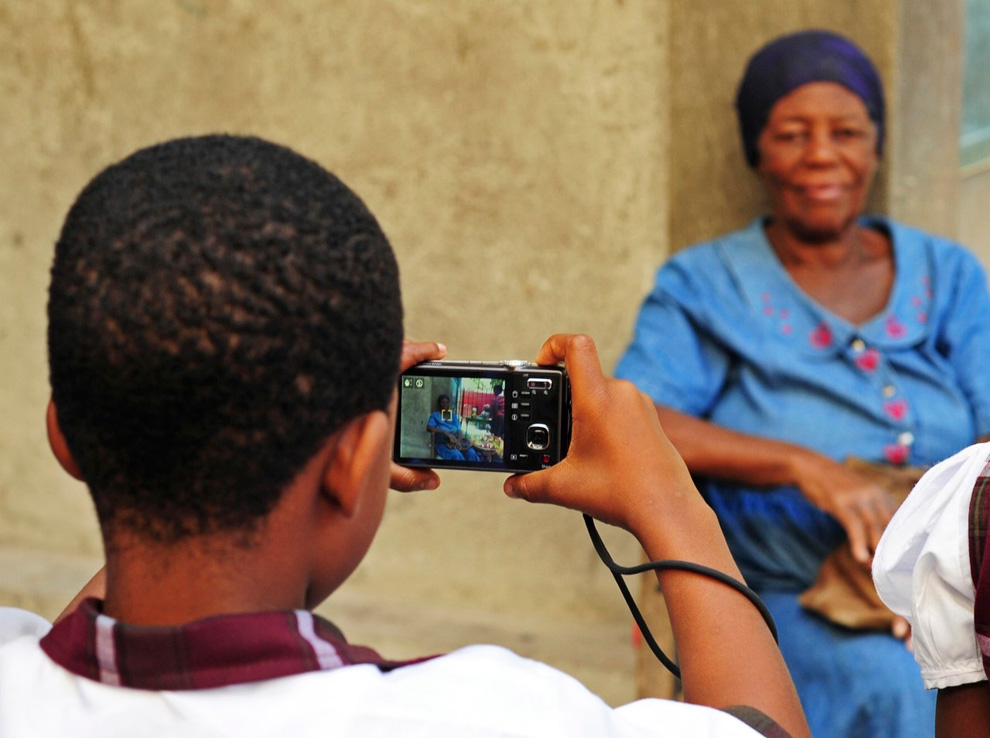

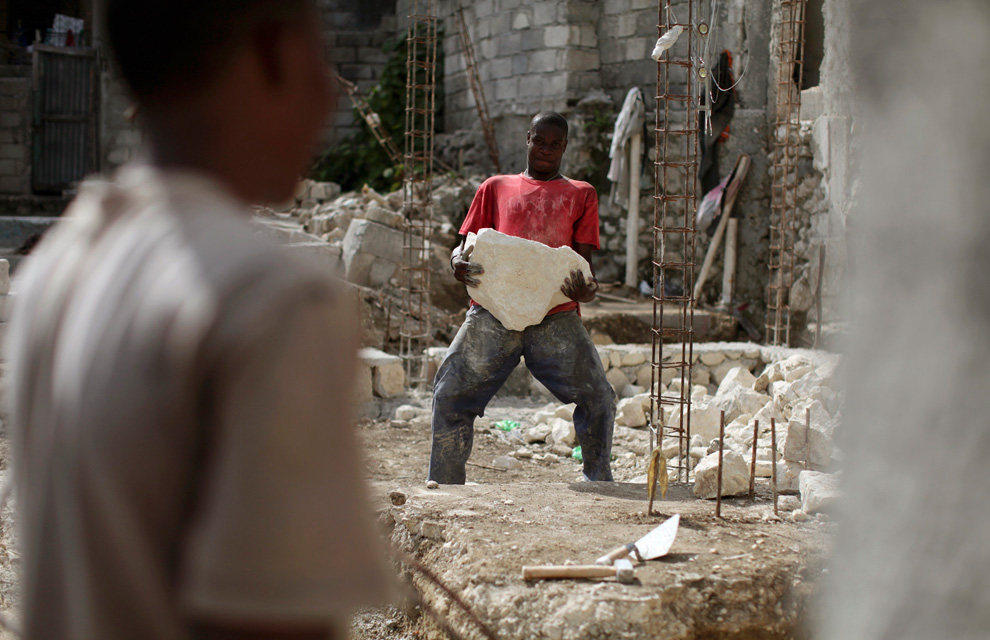
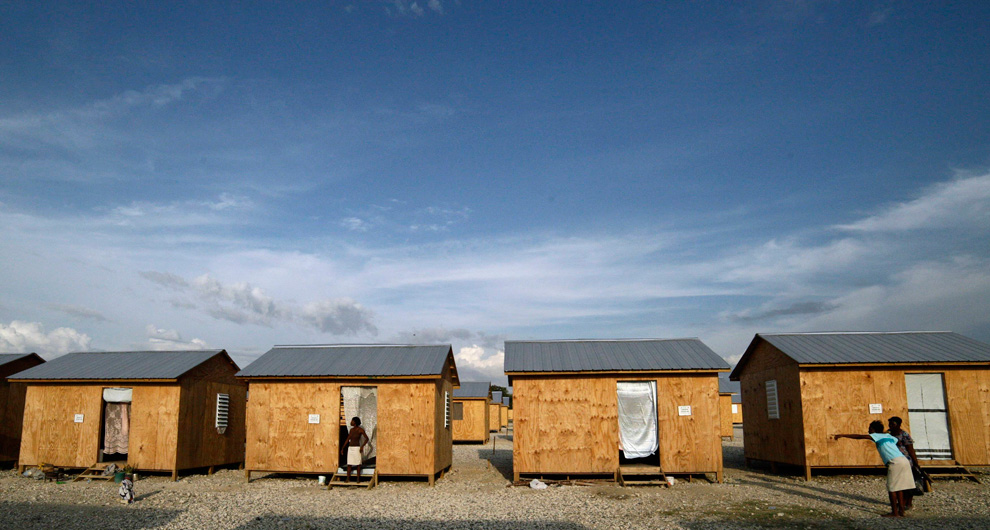
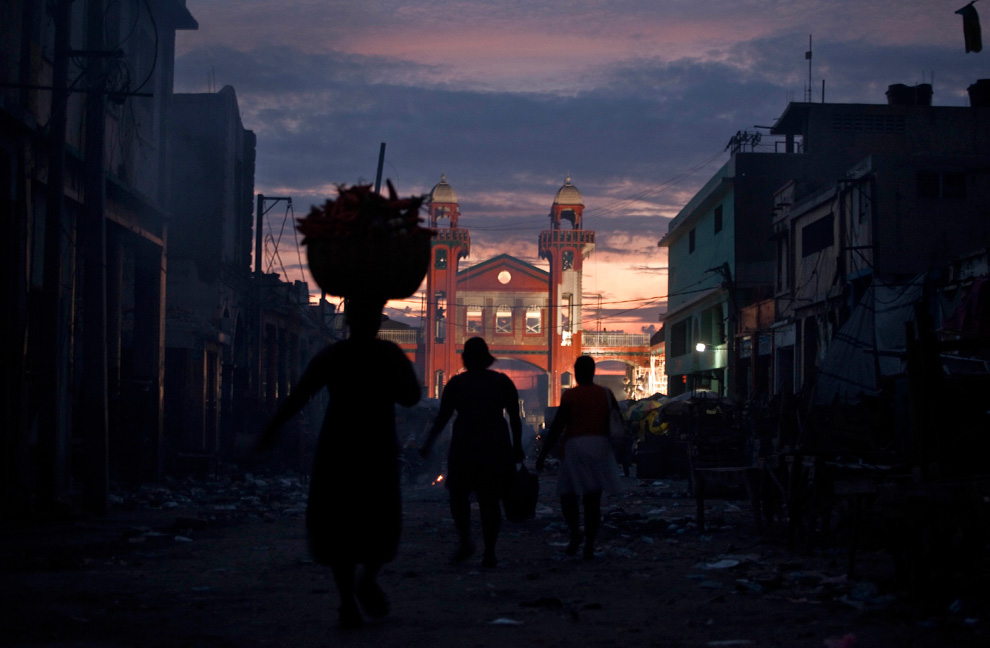
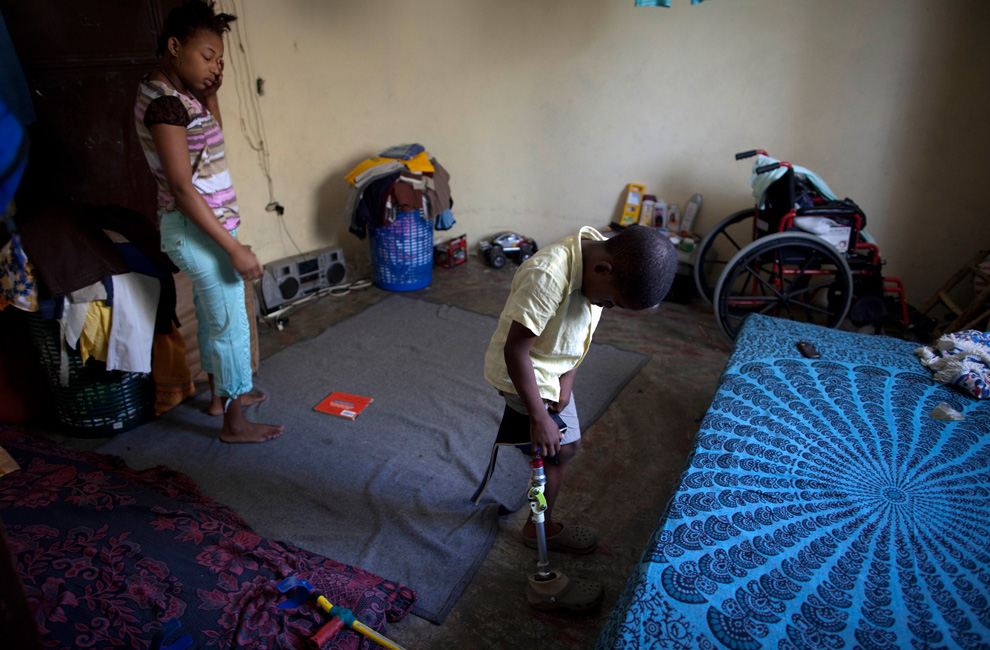

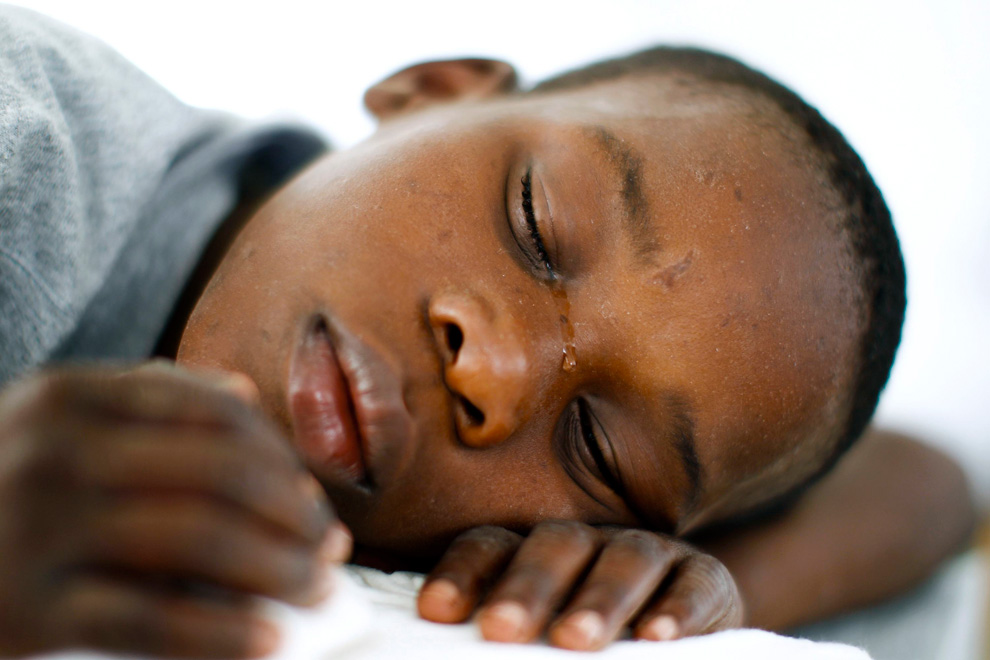
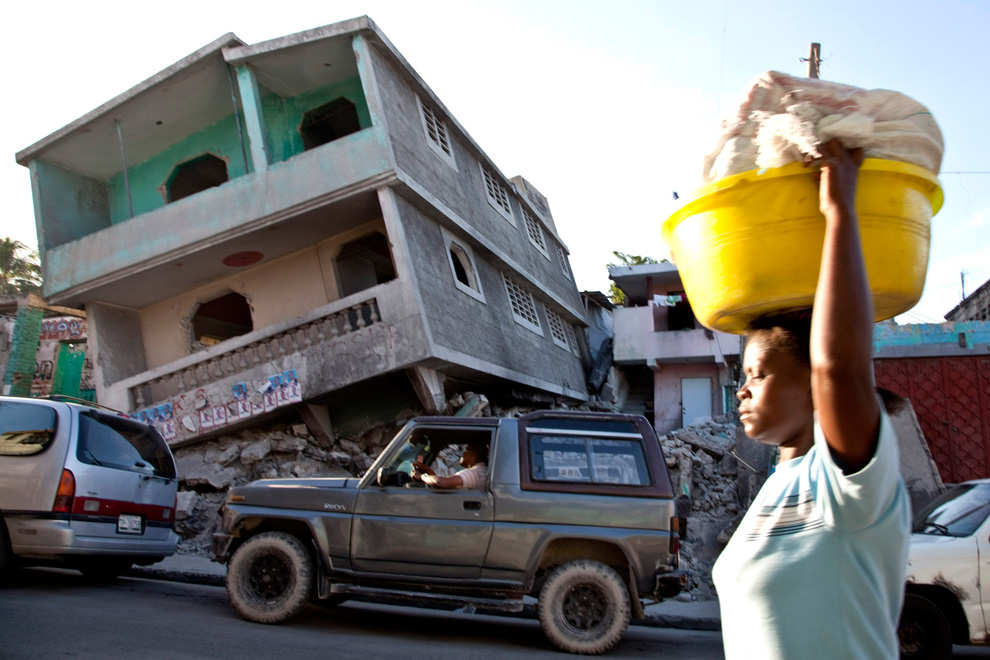
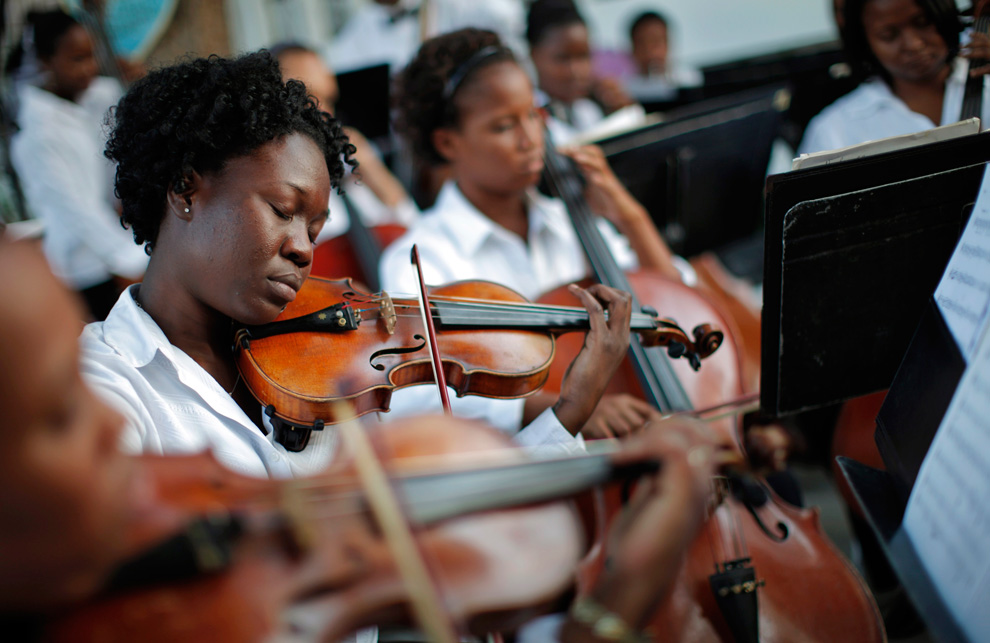

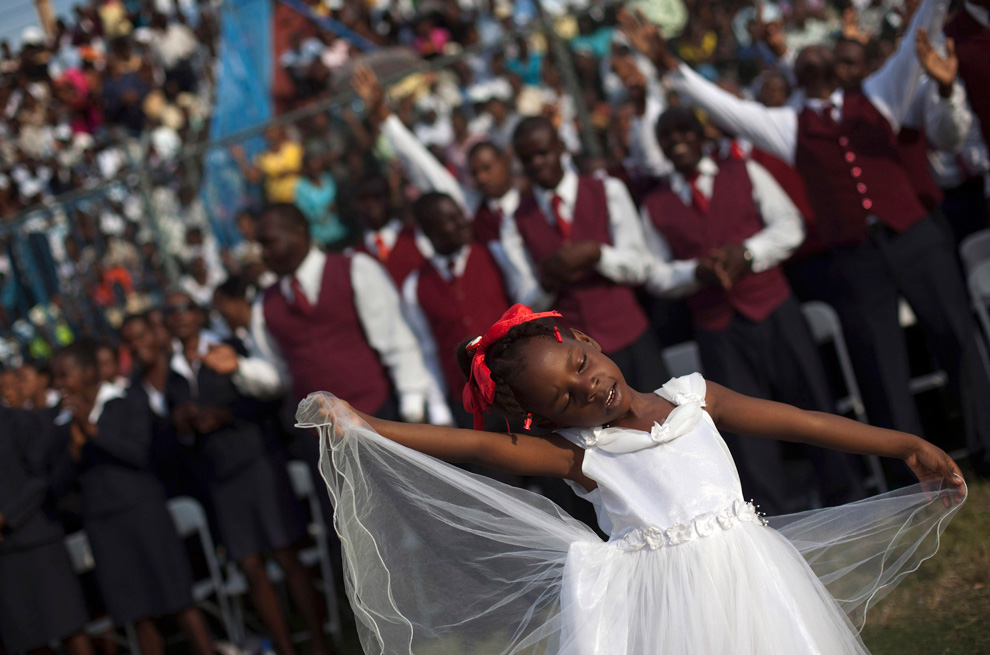
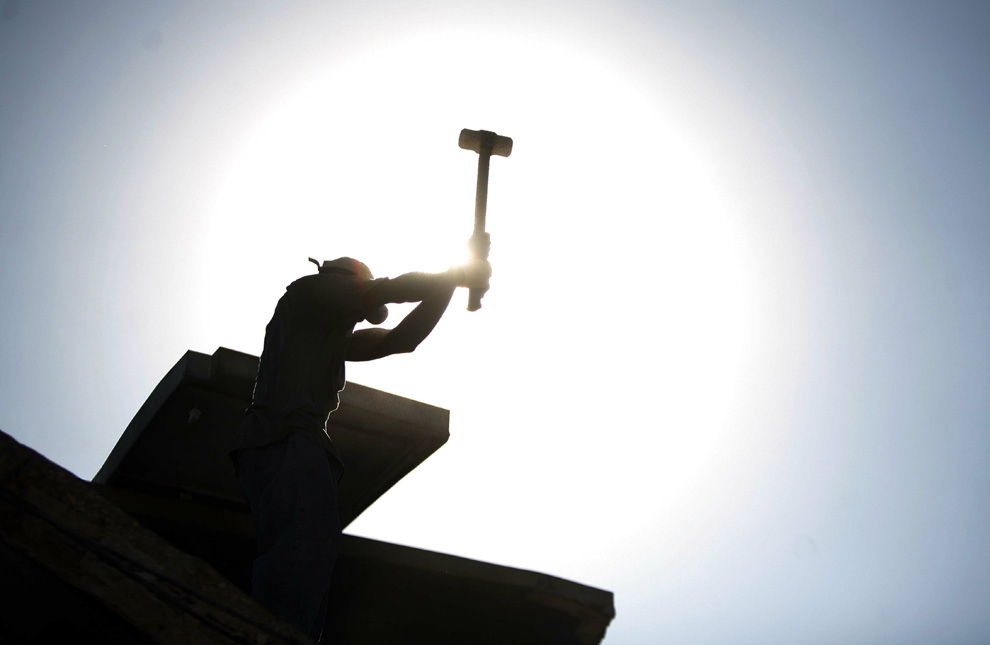
No comments:
Post a Comment